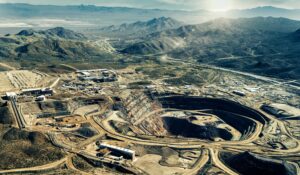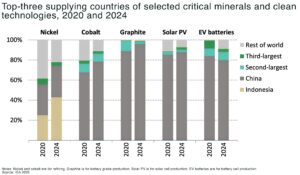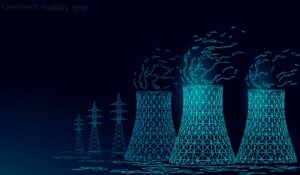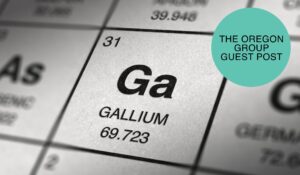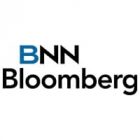2021 saw a significant acceleration in the adoption of electric vehicles (EVs) and the expansion of charging infrastructure, all of which is a thumbs up for the nickel industry. Here are some highlights from what happened this year:
In the US, the Bipartisan Infrastructure Law allocated $7.5 billion to develop a nationwide network of 500,000 EV chargers by 2030 . This initiative aimed to alleviate range anxiety and support the growing number of EVs on the road. Similarly, companies like Revel transitioned from electric moped sharing to building urban EV charging networks, installing fast-charging stations in cities like New York and planning further expansions.
The surge in charging infrastructure installation is crucial for the global EV industry and thus is a good indicator for continued growth in demand for battery metals such as nickel. This year, we’ve seen global EV sales increase by 83% year-over-year, with over 286 GWh of battery capacity deployed in new passenger EVs. Crucially, high-nickel battery chemistries, such as NCM 6-, 7-, 8-series, and NCA, accounted for 54% of this capacity, underscoring nickel’s critical role in energy density and battery performance. Consequently, batteries accounted for approximately 10% of global nickel demand in 2021, a significant increase from previous years. Analysts are projecting that this share will continue to grow, with expectations of batteries consuming up to 23% of nickel demand by 2026.
The rapid increase in nickel demand has raised concerns about more potential supply shortages. Rystad Energy has projected a global nickel shortage beginning as early as 2024, with demand outpacing supply due to the EV boom. This anticipated deficit highlights the need for increased investment in nickel mining and processing to meet future demand and, as we’ve seen, M&A is heating up in the sector.
Anthony Milewski
Chairman, Nickel 28 Capital







